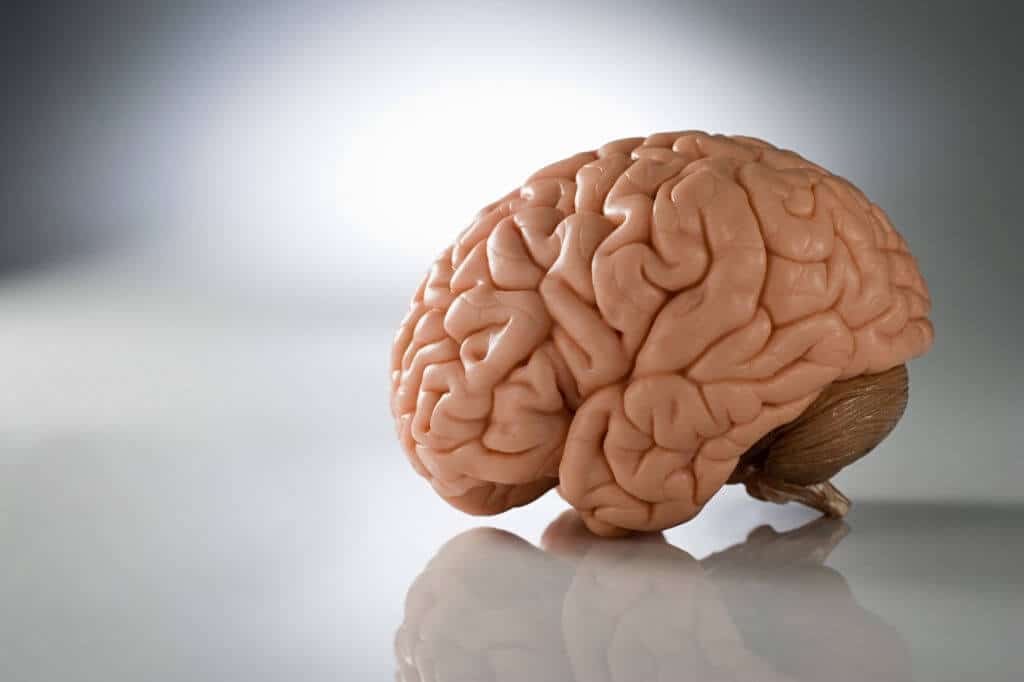A Study Shows That Brain Stem Can Help Spot Early Signs Of Alzheimer’s
Nikki Attkisson | Last Updated : September 29, 2021A new study suggests that some changes in the brain stem’s part that can be visible in scans might be an early potential sign of Alzheimer’s disease.
Researchers used different brain imaging techniques and found that if the brain stem reported reduced integrity, it is linked to faster decline in thinking and memory in older people, and some certain changes in the brain seen in early Alzheimer’s.
A Study Shows That Brain Stem Can Help Spot Early Signs Of Alzheimer’s
The research was published in Science Translational Medicine Journal on 22nd September. It is the latest study that tries to find signs that can lead to an earlier diagnosis of Alzheimer’s.
The study aims at finding biomarkers, which are things leading to detecting disease, for instance, a substance in a brain scan finding or the blood.

At present Alzheimer’s is diagnosed based on thinking skills, reasoning, and evaluation of the memory of the individuals said the Alzheimer’s Association’s senior director of scientific engagement Rebecca Edelmayer.
She said that researchers are studying to find better signs and biomarkers in the process that can diagnose Alzheimer’s soon.
There are various potential ways to do so including measuring some substances in the blood or the cerebrospinal spinal fluid. Many of these tools are already being researched and, in many cases, used inpatient care.
Edelmayer, who wasn’t involved in this study, found it very interesting. She said that this study helps us distinguish between aging of the brain normally and that of a disease process.
The study emphasized locus coeruleus, an area on a brain stem. Many studies in the past of brain autopsies pointed out that locus coeruleus is the first area in the brain where tau starts abnormally accumulated.
A type of protein, tau, is present in healthy cells of the brain. But sometimes tau’s abnormal Versions that cling to other proteins form too. The brain becomes riddled with plaques and tau tangles, in people with Alzheimer’s, which are abnormal clusters of amyloid, another form of protein.
Tau starts accumulating early unlike the buildup of amyloid which is reported in later life. Heidi Jacobs, the lead researcher of the study, said that the study suggests that a majority of 30 to 40-year-old people report accumulation of tau in locus coeruleus.
Jacobs explained that whether this is A part of progression in the disease is not yet clear. Jacobs is Massachusetts General Hospital’s and Harvard Medical School’s assistant professor. She said that new findings suggest that it is.
The results of the study are based on 174 cognitively healthy and older adults. To gauge LC’s integrity, they all had MRI scans. Jacobs explained that it is not possible to measure tau directly in the AC. The reason is its small size. But recent technology advancement in MRI allows measuring the integrity of the area.
Participants also had PET imaging besides MRI scans. these were done to observe any amyloid or tau accumulation in regions of the brain that pointed towards Alzheimer’s disease. For eight years, the participants’ thinking abilities and memory were tested.
They concluded the study by combining all of the obtained information.
Lesser LC integrity is linked to the accumulation of tau in an area of the brain called the entorhinal cortex, which is involved in memory. Lesser integrity of locus coeruleus was linked to a speedy reduction in participants’ thinking abilities.
According to Jacobs this still does not prove that the buildup of tau in the locus coeruleus starts the whole process. But it surely lists locus coeruleus as a potential sign to predict Alzheimer’s disease.
Even though there is no cure available for Alzheimer’s, early signs can help. Designs could be used for trials to devise treatments for Alzheimer’s.
Jacobs noted that this can be done with the technique of PET imaging. Jacobs believes that treatments in the past have failed to treat this disease as it became too late.
With over 15 years as a practicing journalist, Nikki Attkisson found herself at Powdersville Post now after working at several other publications. She is an award-winning journalist with an entrepreneurial spirit and worked as a journalist covering technology, innovation, environmental issues, politics, health etc. Nikki Attkisson has also worked on product development, content strategy, and editorial management for numerous media companies. She began her career at local news stations and worked as a reporter in national newspapers.
